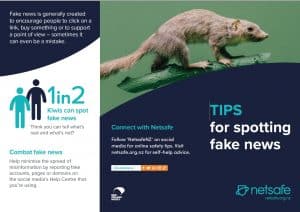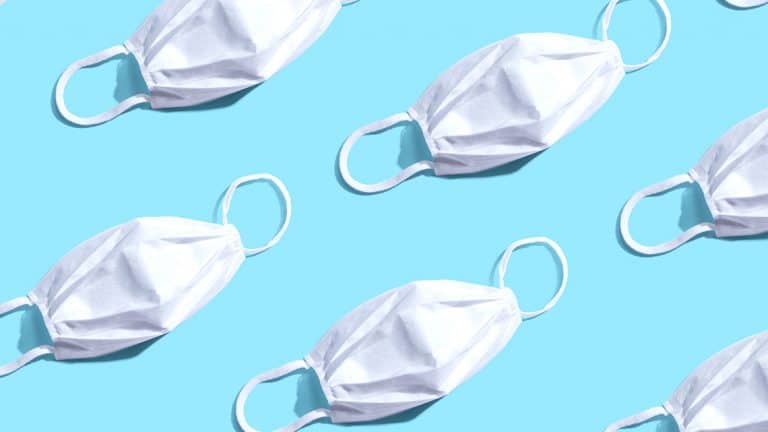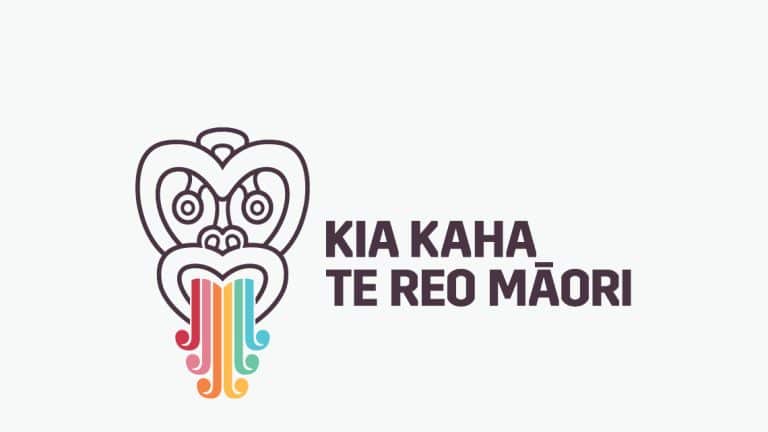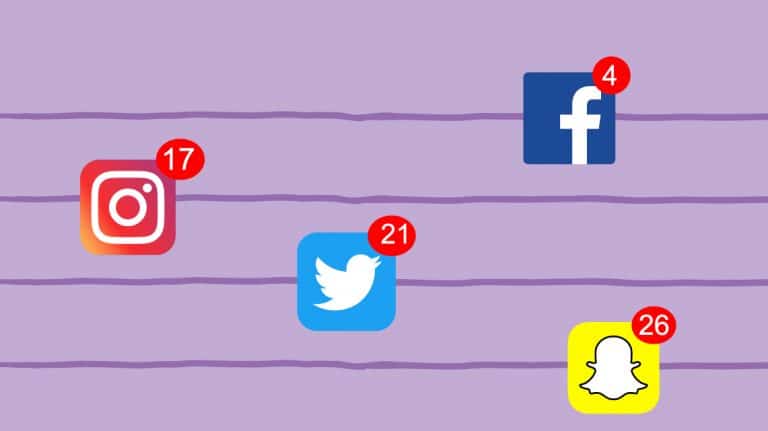How to spot fake news
Spotting misinformation and fake news is not easy and these days it’s spreading more than ever – a third of people have accidentally shared it online and 50% are concerned about mistakenly spreading it. Use these tricks to work out what’s real and what’s not. Why is fake news and misinformation created? Fake news and…

Spotting misinformation and fake news is not easy and these days it’s spreading more than ever – a third of people have accidentally shared it online and 50% are concerned about mistakenly spreading it. Use these tricks to work out what’s real and what’s not.
Why is fake news and misinformation created?
Fake news and misinformation is information that is either totally or in part inaccurate. It can appear anywhere and be created by anyone. Fake news is generally created to encourage people to click on a link, buy something or support a point of view – sometimes it can even be a mistake.
Are there levels of fake news and misinformation?
Fake news or even ‘fake media’ are popular terms used to describe the types of false information created to mislead people into believing lies or doubting the truth. These two types of false information are called disinformation and misinformation.
- Disinformation is false information created with the intention of harming a person, group, organisation or even a country.
Misinformation is false information that people didn’t create with the intention to hurt others.
Malinformation is a third type of fake news. This is true information used with ill intent. For example, spreading information about someone’s sexual activities when it is of no public interest.
How to spot fake news and misinformation
- Understand the context: Information is presented to you everywhere. Check where the original story appeared and who is promoting it. Find out if the source is credible before sharing it.
- Check the facts: Fake news often contains incorrect details, unreliable sources or altered timelines. You can often research and cross-reference key facts with a simple web search.
- Understand the subtlety: Sometimes real information can be distorted to become fake news. Be especially wary of image or video descriptions that might be misrepresenting what is happening in them.
- Compare other sources: Every news source has its limitations. When news is important, it’s hard to contain. If you can only find it in one place, you should be cautious. Check the differences between similar reports to understand the facts before sharing it.
- Know your biases: We quickly and subconsciously accept news that aligns with our beliefs and negatively react to information that is different. It’s important to take time and reflect on how news is making you feel before reacting or sharing.
- Stop the spread: You can minimise the spread of misinformation by reporting fake accounts, or pages and domains repeatedly sharing misinformation using the Help Centre on the social media platform you are using.
- Use trusted sources: Netsafe is advising people wanting the most accurate health information about COVID-19 to rely on the Ministry of Health, covid19.govt.nz or Hāpai Te Hauora websites.
Types of fake news
- Clickbait: These articles use words and phrases that sensationalise a story to reel in the clicks and generate attention.
- Satire: Some sites and social media accounts are specifically designed for entertainment and parody purposes.
- Incorrect facts: Incorrect details are often a giveaway. Misinformation such as altered timelines, incorrect place names or unreliable sources can easily mislead and trick readers.
- Commercial agenda: Examine the article to see if it’s clearly ‘sponsored’. If you find anything that resembles an advertisement, it’s probably trying to get you to open your wallet.
- Manufactured photos: As the old saying goes, a picture’s worth a thousand words. That’s why you’ll often find digitally altered images on fake news articles that are intentionally designed to deceive readers.
- Unconscious bias: We’re hardwired to believe news that affirms our beliefs and discredits information that doesn’t. It means you may see fake news because of the things you like.
DOWNLOAD NETSAFE’S RESOURCE
You can download Netsafe’s guide to spotting fake news by clicking on the image below or by clicking download now.
 CONTACT NETSAFE
CONTACT NETSAFE
If you’re concerned about the immediate safety of you or someone else, please call 111. If you want help or expert incident advice, you can contact us. Our service is free, non-judgemental and available seven days a week.
- Email [email protected]
- Call toll free on 0508 NETSAFE (0508 638 723)
- Online report at netsafe.org.nz/report
- Text ‘Netsafe’ to 4282
KEEP UP TO DATE
Follow us on social media and sign up to our newsletter for alerts, news and tips.







